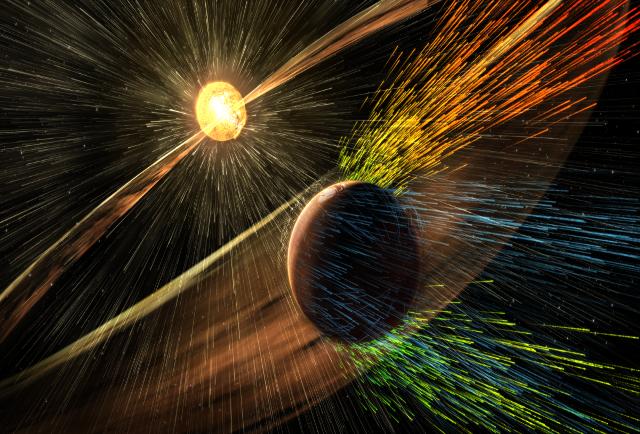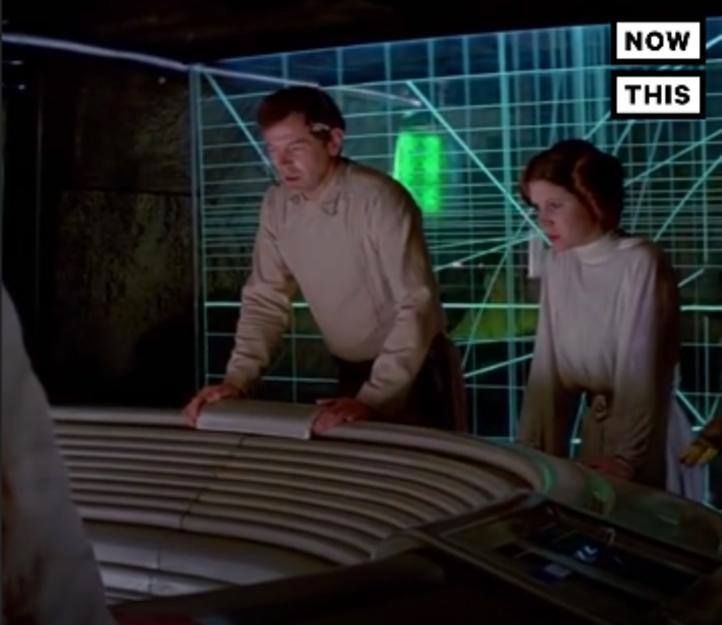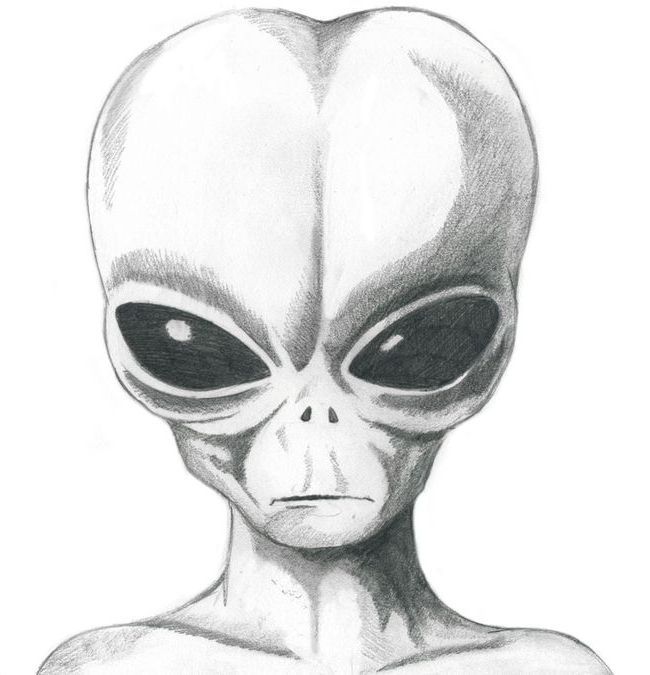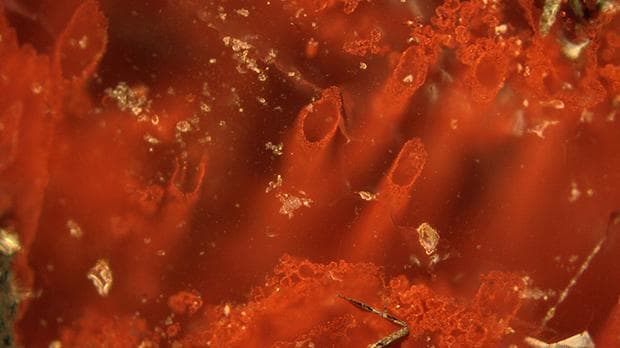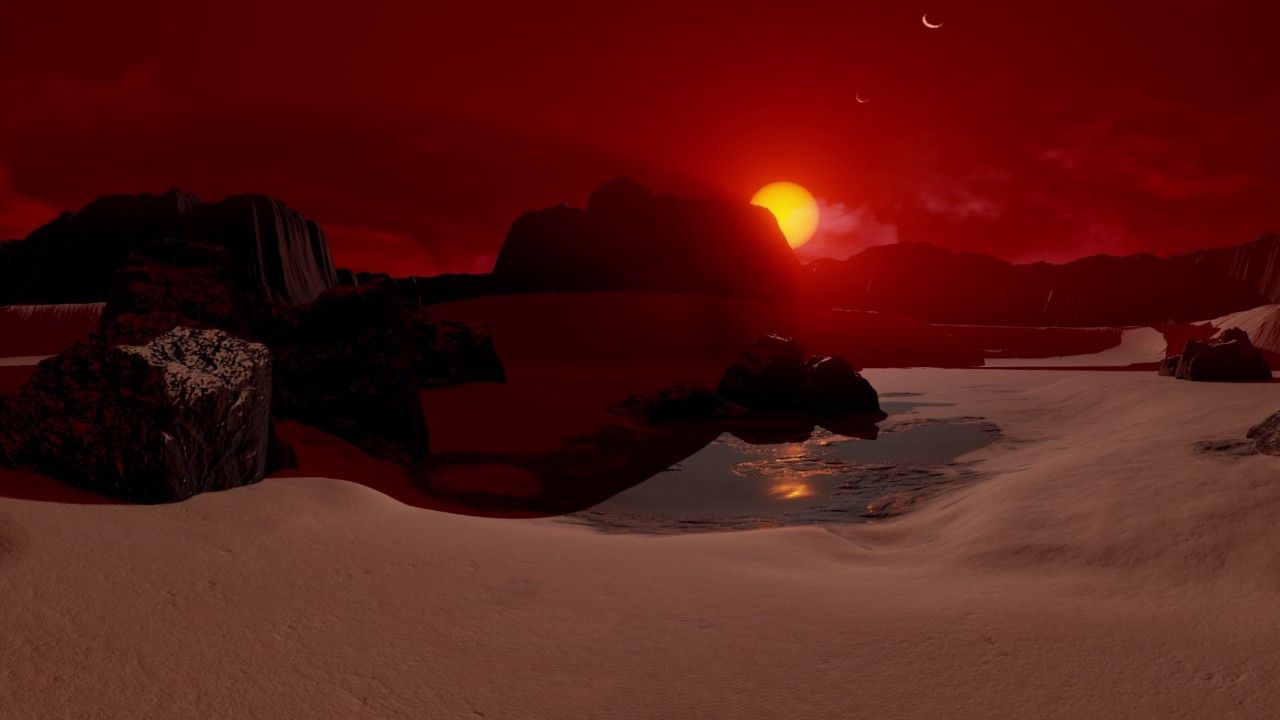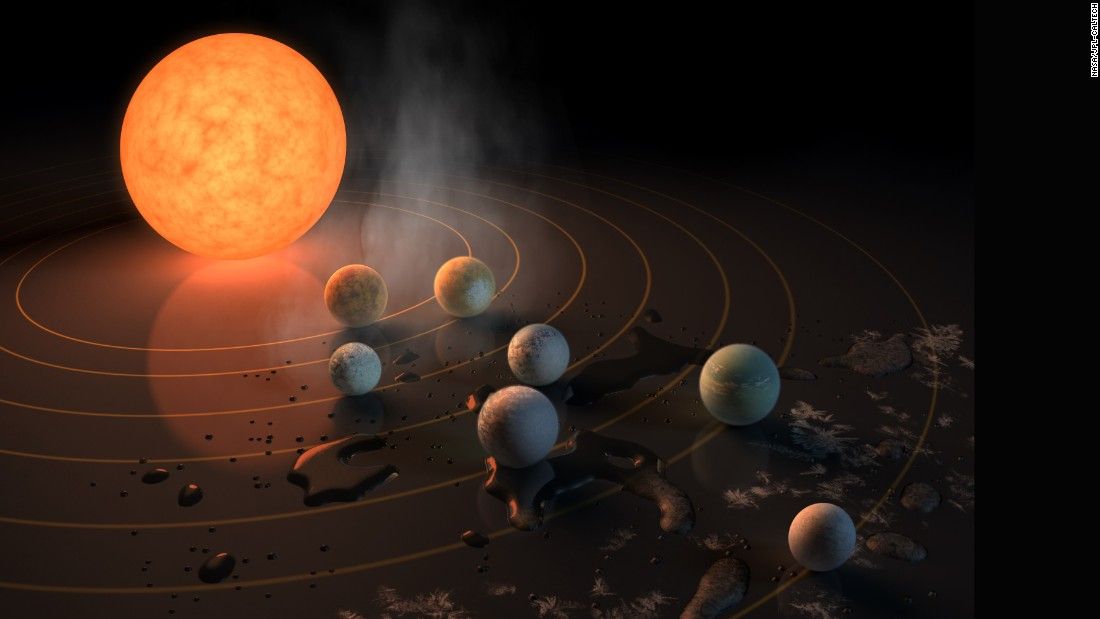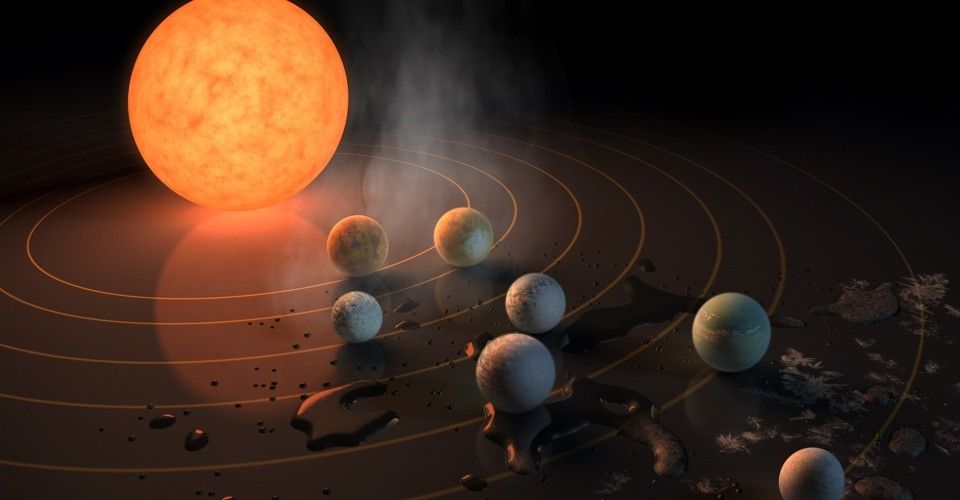And all of them are in the temperate zone.
In late 2015, in the Chilean desert, astronomers pointed a telescope at a faint, nearby star known as a red dwarf. Amid the star’s dim infrared glow, they spotted periodic dips, a telltale sign that something was passing in front of it, blocking its light every so often. Last summer, the astronomers concluded the mysterious dimming came from three Earth-like planets—and that they were orbiting in the star’s temperate zone, where temperatures are not too hot, and not too cold, but just right for liquid water, and maybe even life.
This was an important find. Scientists for years had focused on stars like our sun in their search for potentially habitable planets outside our solar system. Red dwarfs, smaller and cooler than the sun, were thought to create inhospitable conditions. They’re also harder to see, detectable by infrared rather than visible light. But the astronomers aimed hundreds of hours worth of observations at this dwarf, known as TRAPPIST-1 anyway, using ground-based telescopes around the world and NASA’s Spitzer Space Telescope.
Read more


